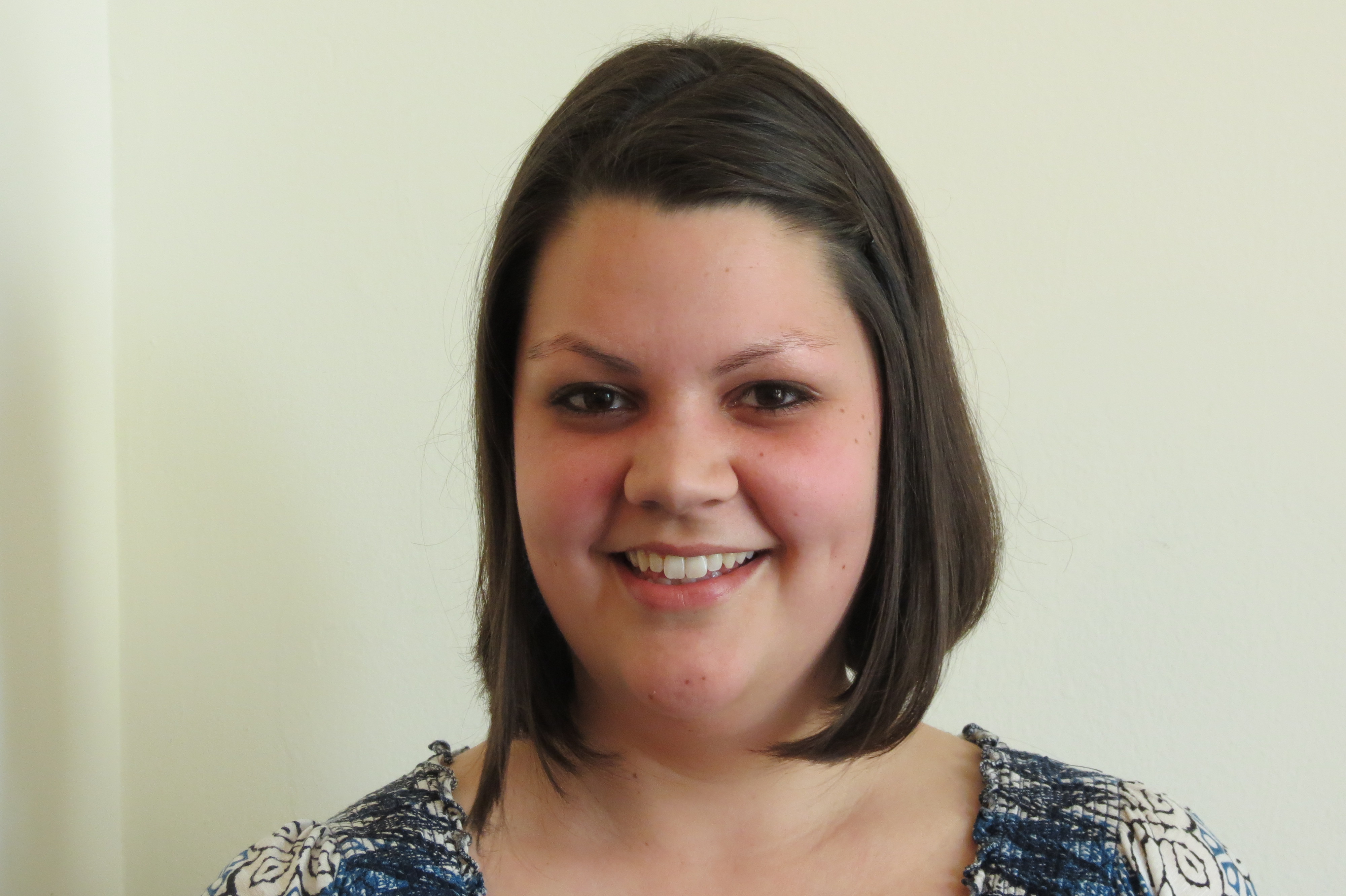A steep climb for asylum seekers
“Why don’t people wait their turn? They should just get in line!” These lines are often tossed around in the debates about families and individuals crossing the U.S.-Mexico border. The distinction that many make between migrants who enter our country “legally” and those “sneaking in” between ports is a deceptive comparison.
Many migrants who cross the U.S.-Mexico border are seeking asylum, which can be claimed at any entry point—bridge, road, desert or otherwise. Yet border officials in both the U.S. and Mexico have been actively preventing families from seeking protection through asylum and spreading deliberate misinformation. U.S. Customs and Border Protection (CBP) officers have intentionally slowed down the reception of asylum seekers through the ports, leading many to cross at other points along the border.
Each year, the United States receives thousands of asylum applications. Asylum seekers must navigate a complex process involving multiple government agencies, demonstrating credible fear and proof that their lives are in danger. This process is enshrined in international law and was incorporated into U.S. law in 1980. It has never been possible to apply for asylum in one’s home country and claiming asylum upon entry to the U.S. does not confer any kind of automatic status; it is the first step in a long, uncertain process. Roughly 1 in 5 asylum cases completed last year was approved, a rate that has remained steady in recent years.

Rhonda Dueck prays at the wall in Douglas, Arizona, on the border between the U.S. and Mexico, as part of a West Coast MCC learning tour desgined to bring attention to faith-based responses to migration, militarization of the border, the effect of the border wall to communities on both sides of the border and the tragedy of migrant deaths. (Photo/James Bergen)
Under a recent agreement between the U.S. and Mexico, asylum seekers who do not sufficiently demonstrate that they fear persecution in Mexico will now be required to wait there until their cases can be processed in the U.S. Thousands of people are already waiting at ports of entry on the Mexico side of the border without shelter or access to clean water and food while U.S. officials process only a few dozen people each day. This new measure raises many concerns, not least because few details are known publicly.
To adequately address concerns at the U.S.-Mexico border, policymakers should first seek to reduce the extreme backlog in the asylum process and courts. Longer-term, the U.S. must address the many reasons people are fleeing home in fear. Trying to stop the flow of migrants seeking safety without addressing the root causes of insecurity, impunity and poverty that drive people to flee is insufficient.
For many years, anti-corruption efforts and judicial system reforms aimed at reducing high levels of impunity in Central America have enjoyed bipartisan support from the U.S. government. However, recent efforts by local politicians who fear prosecution have emboldened U.S. government officials who would rather take a more isolationist position toward foreign assistance. Without sustained, transparent and impartial support for anticorruption efforts in the region, weak government institutions will continue to perpetuate injustice and insecurity.
Mennonite Central Committee’s (MCC) long-term support to communities and partners in Central America has often focused on addressing the reasons people flee through programs such as education support, job skills, food security training and community peacebuilding. The diversity of programs in communities empowers people with agency, offering alternatives to migrating north.
As peacemakers dedicated to seeking justice, we should encourage our government to consider holistic ways to address the conditions that force people to flee. And at the same time, we can welcome people who are looking for refuge and safety. These two solutions go hand in hand, and until we address these issues in a sustainable way, we will not see a reduction of migrants seeking safety outside their own borders.




